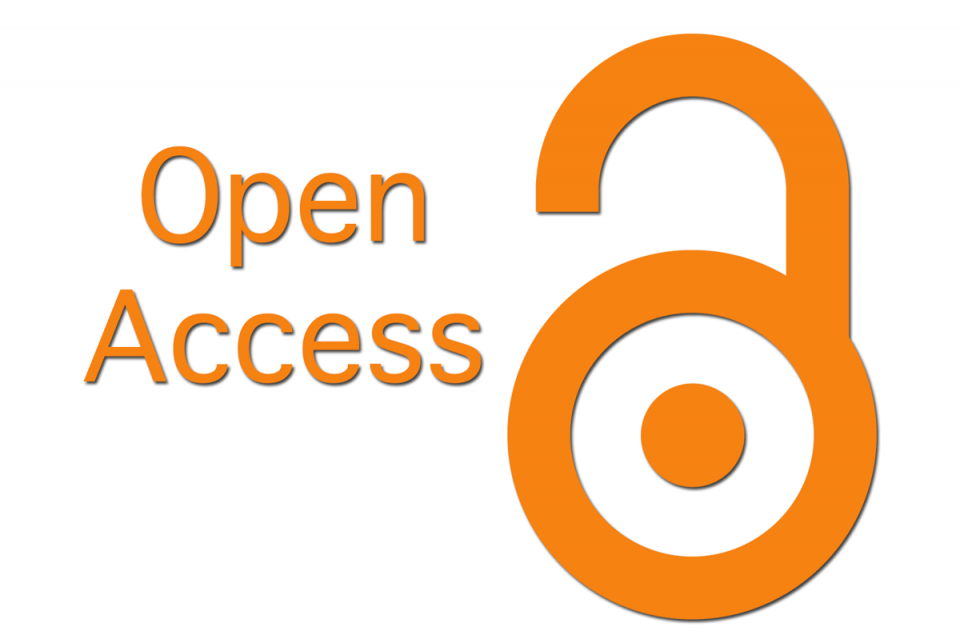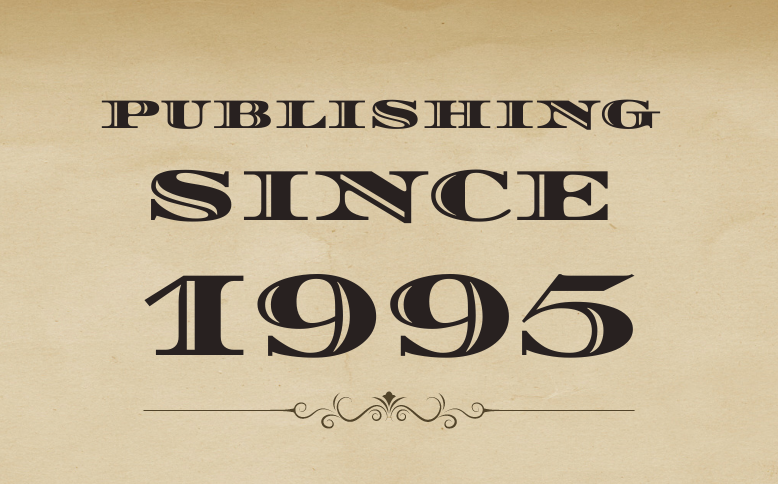A Structural Equation Model of Individual Greenhouse Gas Emission Behaviours for Khon Kaen: A Low Carbon City
Keywords:
Structural equation model, Greenhouse gas emissions, Behaviour, Low carbon cityAbstract
This study investigates a structural equation model (SEM) of factors that influence individual greenhouse gas emission behaviours in the context of Khon Kaen city, northeast Thailand. The study discusses behavioural changes that are central to reducing greenhouse gas emission in a city. The study employs an exploratory, sequential mixed- method design. This qualitative study indicates that individual greenhouse gas emission behaviours consisted of seven conditions: Characteristics; knowledge; social support; motivation; attitudes; role models; and information. The model in the second phase fits with the empirical data, with p-value = 0.21758, Chi-Square/df = 1.134, GFI = 0.98, AGFI
= 0.94, RMSEA = 0.019, and R2 = 0.88. It is found that social support, motivation, attitudes, and role models played a more important role for individual greenhouse gas emission behaviours with an effect size of 0.42, 0.34, 0.29, and 0.12, respectively. Meanwhile, characteristics, knowledge, and information did not affect individual greenhouse gas emission behaviours. The authors strongly suggest that environment preservation policies, especially behavioural changes to reduce greenhouse gas emission which place importance on people's knowledge amelioration and information publicity should be improved by focusing on developing social structures, strengthening motivations, enhancing people's attitudes, and increasing the number of role models.
Downloads
References
Akintunde, E.A. (2017). Theories and Concepts for Human Behavior in Environmental Preservation. Journal of Environmental Science and Public Health 1(2), 120–133.
Bandura, A. (1986). Social foundations of thought and action: a social cognitive theory. Englewood Cliffs, N.J. Prentice-Hall.
Barr, S. and Gilg, A.W. (2007). A conceptual framework for understanding and analyzing attitudes towards environmental behavior. Geografiska Annaler Series B- Human Geography 89, 361–379.
Bollen, K.A. (1989). Structural Equations with Latent Variables. New York: Wiley.
Cao, S. and Li C. (2011). The exploration of concepts and methods for Low-Carbon Eco-City Planning. Procedia Environmental Sciences 5, 199–207.
Chen, W. and Li, J. (2019). Who are the low-carbon activists? Analysis of the influence mechanism and group characteristics of low-carbon behavior in Tianjin, China. Science of The Total Environment, 683, 729–736.
Cochran, W.G. (1977). Sampling techniques. New York: John Wiley & Sons.
Creswell, J.W. and Plano Clark, V.L. (2018). Designing and conducting mixed methods research. Thousand Oaks, CA: SAGE.
De Certeau, M. (1984). The Practice of Everyday Life. Berkeley: University of California Press.
Diamantopoulos, A. and Siguaw, A.D. (2000). Introducing LISREL: A guide for the uninitiated. London: Sage Publications.
Evermann, J. and Tate M. (2009) Building Theory from Quantitative Studies, or, How to Fit SEM Models. In: Proceedings of Thirtieth International Conference on Information Systems, Phoenix, Arizona, USA, 15-18 December 2009, pp 1–17.
Giddens, A. (1986). The Constitution of Society. Oxford: Polity Press.
Hamamoto, M. (2013). Energy saving behavior and marginal abatement cost for household CO2 emissions. Energy Policy, 63, 809–813.
Han, Q., Nieuwenhijsen, I., Vries, B., Blokhuis, E. and Schaefer, W. (2013). Intervention strategy to stimulate energy-saving behavior of local residents. Energy Policy, 52, 706– 715.
Hori, S., Kondo, K., Nogata D., and Ben, H. (2013). The determinants of household energy-saving behavior: Survey and comparison in five major Asian cities. Energy Policy, 52, 354–362.
Intergovernmental Panel on Climate Change [IPCC]. (2007). Summary for Policymakers. In: Climate Change 2007: Impacts, Adaptation and Vulnerability. In: Parry ML, Canziani OF, Palutikof JP, Linden PJ, Hanson CE. editors. Contribution of Working Group II to the Fourth Assessment Report of the Intergovernmental Panel on Climate Change. Cambridge: Cambridge University Press.
Intergovernmental Panel on Climate Change [IPCC]. (2014). Summary for Policymakers. In: Climate Change 2014: Mitigation of Climate Change. In: Edenhofer O, Madruga RP, Sokona Y, Farahani E, Kadner S, Seyboth K, Adler A, Baum I, Brunner S, Eickemeier P, Kriemann B, Savolainen J, Schlömer S, Stechow C, Zwickel T, Minx JC. editors. Contribution of Working Group III to the Fifth Assessment Report of the Intergovernmental Panel on Climate Change. Cambridge: Cambridge University Press.
Ismaila, R.A., Yakubu, A.B. (2019). Low Carbon City: Strategies and Case Studies. In: Leal FW, Azul A, Brandli L, Özuyar P, Wall T. Editors. Sustainable Cities and Communities. Encyclopedia of the UN Sustainable Development Goals. Cham: Springer.
Marsh, H.W., Hau, K.T., Balla, J.R., and Grayson, D. (1998). Is more ever too much? The number of indicators per factor in confirmatory factor analysis. Multivariate Behavioral Research, 33(2), 181–220.
Milner, J., Davies, M. and Wilkinson, P. (2012). Urban energy, carbon management (low carbon cities) and co-benefits for human health. Current Opinion in Environmental Sustainability, 4, 398–404.
Moriarty, P., Wang, S.J. (2014), Low-carbon cities: Lifestyle changes are necessary.
Energy Procedia, 61, 2289–2292.
Ngo, A.T., West, G.E. and Calkins, P.H. (2009). Determinants of environmentally responsible behaviours for greenhouse gas reduction. International Journal of Consumer Studies, 33, 151–161.
Samadi, S., Pfaff, J.T., Lechtenböhmer, S., and Knoop, K. (2018). Long-term low greenhouse gas emission development strategies for achieving the 1.5 °C target – insights from a comparison of German bottom-up energy scenarios. Carbon Management, 9(5), 549–562.
Schanes, K., Giljum, S., and Hertwich, E. (2016). Low carbon lifestyles: A framework to structure consumption strategies and options to reduce carbon footprints. Journal of Cleaner Production, 139, 1033–1043.
Shalev, I. (2015). The climate change problem: promoting motivation for change when the map is not the territory. Front Psychol, 6, 131.
Streck, C., Unger, M.V. and Keenlyside, P. (2016). The Paris Agreement: A New Beginning. Journal for European Environmental & Planning Law, 13(1), 3–29.
Sudhipongpracha, T. and Dahiya, B. (2019). City Profile: Khon Kaen, Thailand.
Environment and Urbanization ASIA, 10(2), 271–289.
Young, W. and Middlemiss, L. (2012). A rethink of how policy and social science approach changing individuals' actions on greenhouse gas emission. Energy Policy, 41, 742–747.
Yue, T., Long R. and Chen, H. (2013). Factors influencing energy-saving behavior of urban households in Jiangsu Province. Energy Policy, 62, 665–675.
Zhang, X., Luo, L., and Skitmore, M. (2015). Household carbon emission research: an analytical review of measurement, influencing factors and mitigation prospects. Journal of Cleaner Production, 103, 873-883.
Downloads
Published
How to Cite
Issue
Section
License
You are free to:
- Share — copy and redistribute the material in any medium or format for any purpose, even commercially.
- Adapt — remix, transform, and build upon the material for any purpose, even commercially.
- The licensor cannot revoke these freedoms as long as you follow the license terms.
Under the following terms:
- Attribution — You must give appropriate credit , provide a link to the license, and indicate if changes were made . You may do so in any reasonable manner, but not in any way that suggests the licensor endorses you or your use.
- No additional restrictions — You may not apply legal terms or technological measures that legally restrict others from doing anything the license permits.
Notices:
You do not have to comply with the license for elements of the material in the public domain or where your use is permitted by an applicable exception or limitation .
No warranties are given. The license may not give you all of the permissions necessary for your intended use. For example, other rights such as publicity, privacy, or moral rights may limit how you use the material.









